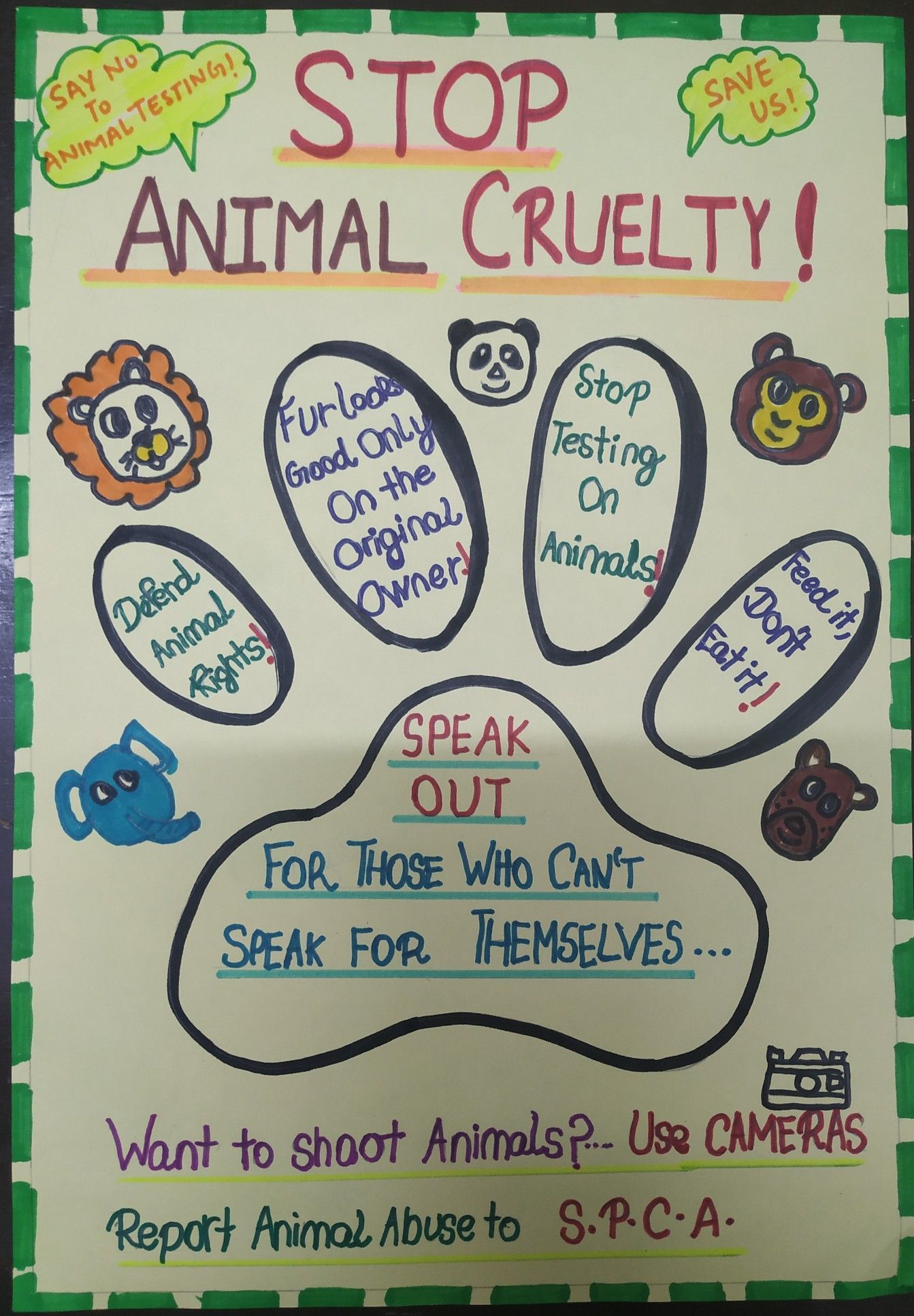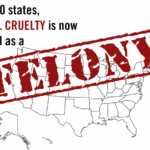Creating a compelling poster to advocate for the cessation of cruelty towards animals is both an art and a science. It involves blending creativity with a thorough understanding of the message you wish to convey. A well-crafted poster can serve as a powerful tool to raise awareness, inspire action, and mobilize communities. Here’s a detailed exploration of how to design an impactful anti-animal cruelty poster.
Understanding Your Audience
The first step in designing an effective poster is to identify your target audience. Are you aiming to reach adults, children, or a specific demographic group? Each audience segment may respond differently to various visual and textual stimuli. Understanding their values, beliefs, and motivations is paramount. Tailoring your message to their interests can evoke a deeper emotional response. Use surveys or interviews to gain insights into what resonates with them.
Choosing the Right Message
The core message of your poster should be straightforward yet evocative. A powerful slogan can encapsulate the essence of your cause. For instance, ‘Stop Animal Cruelty’ is direct but may lack the emotional depth needed to drive action. Consider phrases like ‘Every Life Matters’ or ‘Compassion is Contagious’. Such phrases are not only simple but also evoke empathy and prompt reflection on the consequences of neglect and abuse.
Moreover, it can be beneficial to incorporate statistics or facts related to animal cruelty. Striking statistics—such as the number of animals rescued each year or the prevalence of abuse—add a layer of urgency to your poster. However, balance is essential; too much information can overwhelm viewers. Aim for a succinct yet impactful message.
Visual Elements: Design with Intention
The visual design of your poster plays a crucial role in its overall effectiveness. First, consider your color palette. Colors evoke emotions and can significantly influence perception. For instance, red often signifies danger or urgency, while blue tends to evoke feelings of trust and calmness. When it comes to themes of animal welfare, earthy tones like greens and browns can foster feelings of connection with nature, while splashes of brighter colors can draw attention to key messages.
Images are arguably the most potent aspect of any poster. Use captivating visuals that illustrate the plight of animals suffering from cruelty. High-quality, impactful images that invoke sadness or empathy are especially effective. Consider using before-and-after images of rescued animals to demonstrate the transformative power of compassion. Always ensure that the imagery chosen is respectful and does not further exploit the subject matter.
The layout should guide the viewer’s eye across the poster, creating a natural flow from one element to the next. Position the main message at eye level to ensure instant visibility. Utilize contrasting fonts and sizes to differentiate between the title, subheadings, and body text. A legible font is crucial—overly elaborate typography can detract from the message.
Incorporating Call to Action
Effective Use of Space
White space—often overlooked—can be a powerful design tool. It creates a visual balance and allows key elements to stand out. Avoid clutter wherever possible. Each part of your poster should fulfill a purpose, whether it’s delivering a message, evoking emotion, or prompting action. An overcrowded poster can overwhelm audiences, preventing them from grasping your core message.
Feedback and Revision
Distribution and Display
The impact of a poster does not solely rest in its design; its placement and distribution are equally crucial. Consider locations frequented by your target audience. Spaces such as community centers, local colleges, veterinary clinics, or pet shops can provide excellent visibility. Additionally, utilizing social media platforms to disseminate digital versions can widen your reach beyond physical boundaries. Engaging with local businesses to display your poster can also augment community involvement.
Moreover, hosting events or community workshops about animal welfare can serve dual purposes; they not only educate attendees but also act as an opportunity to display your posters prominently. Utilize these gatherings to encourage individuals to share their own stories and experiences, fostering a community dialogue around the imperative of animal compassion.
Final Thoughts
Designing a poster to combat animal cruelty is a blend of creativity, empathy, and strategic thinking. It requires careful consideration of every element—from the imagery to the text, and the placement of each part on the canvas. By following these guidelines, your poster can powerfully communicate the importance of protecting our voiceless companions and inspire action against cruelty. Remember, every effort counts; one poster can make a difference. With dedication and passion, your advocacy can help alter the course of countless lives, ushering in an era of compassion and respect for all beings.







